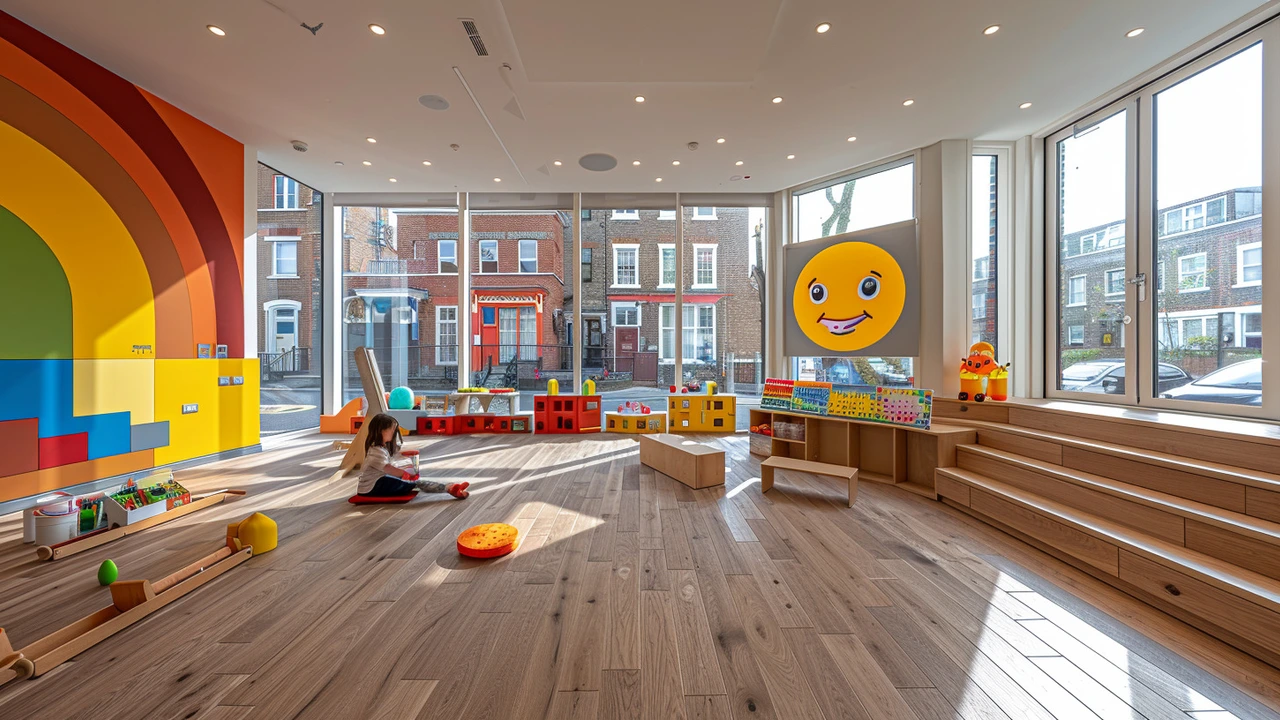Creative development: build your art skills and ideas
Want a quick truth? The biggest leaps in art come from regular, focused experiments—not huge breakthroughs. Creative development is about setting small routines, trying focused exercises, and learning from what doesn't work. This page gathers practical ideas you can use today to sharpen skills, widen creative thinking, and keep momentum.
Start by choosing one concrete skill to improve for a week. Focus could be color mixing, figure proportion, or making believable textures. Limit your goal: spend 30 minutes a day on targeted practice and one final hour reviewing what improved. Short, specific practice beats vague ambitions every time.
Daily habits that actually move you forward
Make micro-routines. Sketch for five minutes every morning. Take one photo a day you find interesting. Write a single line about why it caught your eye. These tiny moves build pattern recognition and keep ideas flowing without burning you out. Pair a habit with something you already do—draw while your coffee cools, or study a painting during lunch.
Use constraints to unlock ideas. Limit your palette to three colors, or create a piece with one continuous line. Constraints force choices and often lead to stronger work faster than endless options. Try a week-long constraint challenge and compare the results to your usual approach.
Learn from art history, but make it practical
Art movements teach methods you can steal. Study photorealism to learn layering and glazing. Try a short exercise inspired by Abstract Expressionism—work fast, no edits, then analyze mood and gesture. Read one short article each week about a movement—Bauhaus, Fluxus, or Baroque—and copy one small technique into your practice. That mix of study and hands-on work cements new skills.
Get feedback that helps. Ask peers for one specific critique: composition, value, or mood. Vague praise won’t push you. Swap work with another artist and give each other two concrete fixes to try. Use critiques to set your next micro-goal.
Keep an ideas file. Save sketches, photos, color swatches, and notes in a folder or notebook. When you hit a wall, open this file and remix what’s already there. Reuse elements from three different entries and force a new combination—often that jumpstarts fresh work.
Plan short projects, not giant ones. A ten-piece series with a clear constraint teaches more than one long, undefined project. Set deadlines and share progress publicly—accountability speeds development and teaches how audiences react.
Finally, vary your inputs. Visit a design exhibit, listen to jazz, or read a historical piece about the Harlem Renaissance. Cross-pollination sparks new directions. Creative development isn’t a single method; it’s a steady mix of habit, practice, feedback, and curiosity. Start small, stay consistent, and your work will change faster than you expect.
Try a 30-day plan: week 1—daily sketches; week 2—study a movement and copy one technique; week 3—apply constraints to make five works; week 4—seek feedback and refine two pieces. Track time spent and what changed. Small cycles like this keep growth measurable and real.
Start today now.

